Intro
Learn about Crestor medication, a statin for high cholesterol, with this guide covering dosage, side effects, and interactions, to manage hyperlipidemia and reduce cardiovascular risk.
The world of prescription medications can be overwhelming, with numerous options available for various health conditions. One such medication is Crestor, a statin used to lower cholesterol levels and reduce the risk of heart disease. With its widespread use, it's essential to understand the ins and outs of Crestor, including its benefits, potential side effects, and proper usage. In this article, we'll delve into the world of Crestor, providing you with a comprehensive guide to help you navigate its usage and maximize its benefits.
Crestor, also known as rosuvastatin, is a popular statin medication prescribed to millions of people worldwide. Its primary function is to reduce the levels of low-density lipoprotein (LDL) cholesterol, commonly referred to as "bad" cholesterol, in the blood. High levels of LDL cholesterol can lead to the buildup of plaque in the arteries, increasing the risk of heart attacks, strokes, and other cardiovascular diseases. By taking Crestor, individuals can effectively lower their LDL cholesterol levels, reducing the risk of these life-threatening conditions.
The importance of managing cholesterol levels cannot be overstated. According to the Centers for Disease Control and Prevention (CDC), high cholesterol affects over 93 million American adults, with many more at risk due to factors such as age, family history, and lifestyle. By understanding how Crestor works and its potential benefits, individuals can take control of their cholesterol levels and reduce their risk of heart disease. In the following sections, we'll explore the mechanisms of Crestor, its benefits, and potential side effects, providing you with a thorough understanding of this medication.
How Crestor Works

Crestor Benefits
The benefits of taking Crestor are numerous, with the most significant advantage being its ability to lower LDL cholesterol levels. By reducing LDL cholesterol, Crestor can help to: * Slow the progression of plaque buildup in the arteries * Reduce the risk of heart attacks and strokes * Lower the risk of cardiovascular disease * Improve overall cardiovascular health Additionally, Crestor has been shown to increase levels of high-density lipoprotein (HDL) cholesterol, often referred to as "good" cholesterol. HDL cholesterol helps to remove excess cholesterol from the bloodstream, further reducing the risk of heart disease.Crestor Side Effects
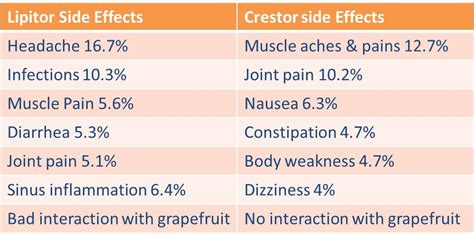
Crestor Dosage and Administration
Crestor is available in various dosages, ranging from 5mg to 40mg per day. The recommended dosage varies depending on the individual's cholesterol levels, medical history, and other factors. It's crucial to follow your doctor's instructions and take Crestor exactly as prescribed. Some key points to keep in mind: * Take Crestor once daily, with or without food * Swallow the tablet whole, do not crush or chew * Do not take more than the prescribed dosage * Inform your doctor of any changes in your medical condition or medicationsCrestor Interactions and Contraindications
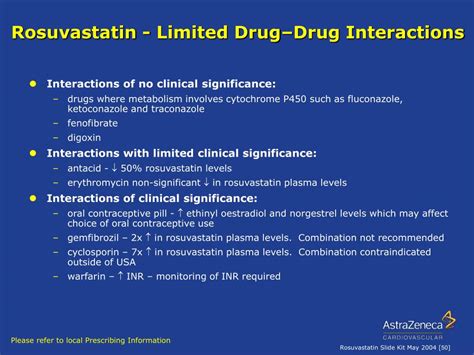
Crestor and Pregnancy
Crestor is not recommended for use during pregnancy, as it may harm the developing fetus. Women of childbearing age should use effective birth control methods while taking Crestor. If you become pregnant while taking Crestor, inform your doctor immediately.Crestor Alternatives
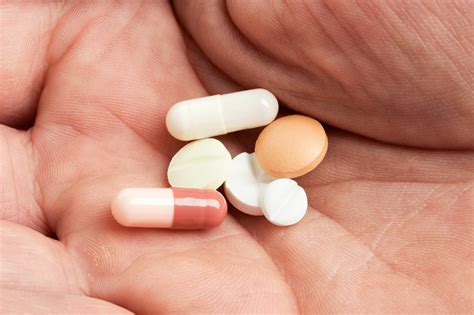
Crestor Generic Version
A generic version of Crestor, known as rosuvastatin, is available. The generic version is equivalent to the brand-name medication, with the same active ingredients and efficacy. However, the generic version may be more affordable, making it a viable option for those with budget constraints.Crestor and Diet
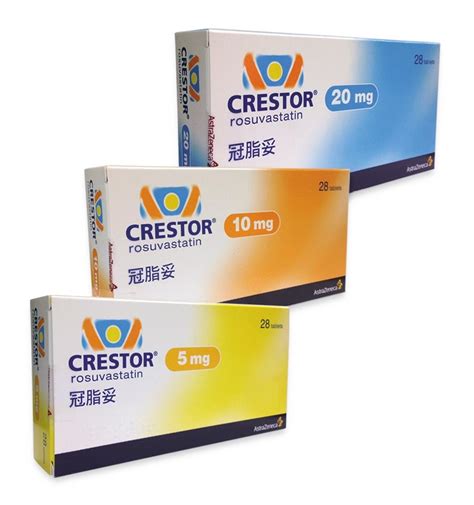
Crestor and Exercise
Regular exercise can help improve cardiovascular health, increase HDL cholesterol levels, and enhance the efficacy of Crestor. Aim for at least 150 minutes of moderate-intensity aerobic exercise, or 75 minutes of vigorous-intensity aerobic exercise, or a combination of both, per week. Additionally, incorporate strength-training exercises, high-intensity interval training (HIIT), and other physical activities to maintain overall fitness.Crestor Reviews and Ratings
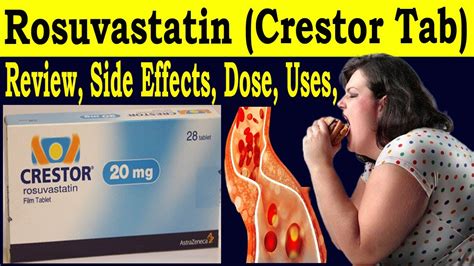
Crestor Cost and Insurance
The cost of Crestor can vary depending on the dosage, location, and insurance coverage. On average, a 30-day supply of Crestor can range from $50 to $200, depending on the pharmacy and insurance provider. It's essential to check with your insurance provider to determine the coverage and out-of-pocket costs associated with Crestor.Crestor FAQs
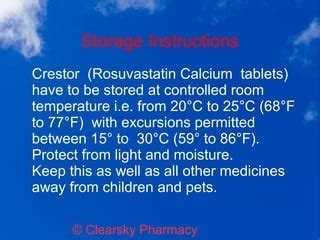
What is Crestor used for?
+Crestor is used to lower LDL cholesterol levels and reduce the risk of heart disease.
What are the common side effects of Crestor?
+Common side effects of Crestor include headache, dizziness, nausea, muscle pain, and constipation.
Can I take Crestor with other medications?
+It's essential to inform your doctor of any medications, supplements, or vitamins you're taking, as they can interact with Crestor.
As we conclude this comprehensive guide to Crestor, we encourage you to take an active role in managing your cholesterol levels and cardiovascular health. By understanding how Crestor works, its benefits, and potential side effects, you can make informed decisions about your treatment plan. Remember to consult with your doctor regularly, discuss any concerns or questions you may have, and stay committed to a healthy lifestyle. Share this article with friends and family members who may benefit from this information, and let's work together to promote heart health and wellness.
